I need to power a single CW laser diode with a constant current source. I have attached the datasheet of the laser. It is a 2.2-2.4V laser whicht operates at 80mA at full brightness.
I see a lot of constant current circuits online but they all have a potentiometer to set the brightness. I want my laser at full brightness, always.
I saw the topic that uses the TL431 as a current limiter where they made a circuit to power multiple LEDs. I copied and changed the circuit to my requirements, and built the circuit myself.
The problem is that when I power the circuit the laser shines really low and it gets very hot. After a minute or so, the laser eventually turns off. The whole circuit has to be powered by a 3.7V LiPo battery. Is this the right type of circuit for this application but I have to adjust it, or do I need a whole different type of circuit?
